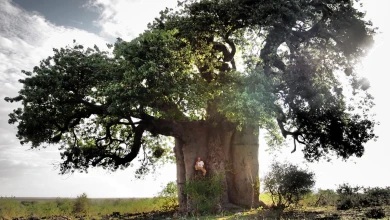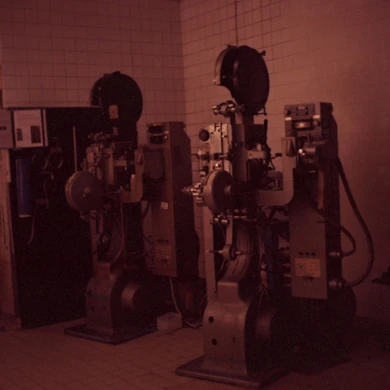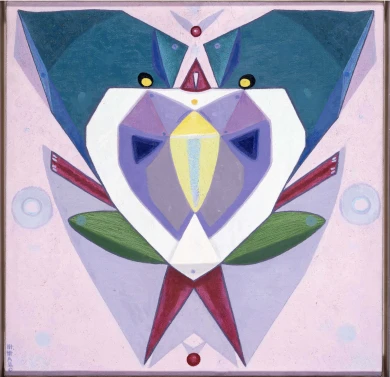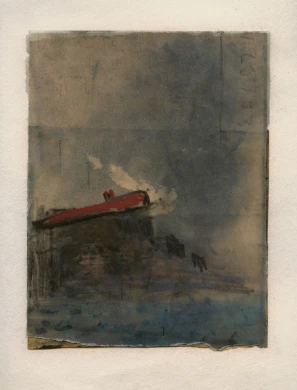Mark Antliff. Professor of Art, Art History and Visual Studies at Duke University. His essays include Inventing Bergson: Cultural Politics and the Parisian Avant-Garde (1993) and Avant-Garde Fascism: The Mobilization of Myth, Art and Culture in France, 1909-1939(2007). [dropdown]With Matthew Affron he wrote Fascist Visions: Art and Ideology in France and Italy (1997), and with Patricia Leighten the books Cubism and Culture (2001) and A Cubism Reader: Documents and Criticism 1906-1914 (2008). Moreover, his field of research and teaching focus on the European art before 1945, particularly the breadth and depth of cultural politics, and the interrelation of art and philosophy.[/dropdown]
Eugenio Carmona.A professor of Art History at the University of Málaga, he has been a member of the Collection Committee of the Cubist Collection from the Telefónica Foundation, and currently the Collection of Modern Masters from the Mapfre Foundation. [dropdown]He is the author of a wide range of written works and exhibition essays on Maria Blanchard, Juan Gris, and accounts of the avant-garde in Spain, including the shows El cubismo y sus entornos (MNAC, 2005) and Picasso and Spanish Modernity: works from the Collection of the Museo Nacional Centro de Arte Reina Sofía (Palazzo Strozzi and Banco do Brasil, 2015). He is the curator of the exhibition Cubism(s) and Experiences of Modernity and co-organiser of this seminar.[/dropdown]
Tadeu Chiarelli. A professor at the Universidade de São Paulo, he is one of the foremost specialists on Brazilian art history from the 19th and 20th centuries, head of collections at the Museu de Arte Moderna de São Paulo (1996–2000), and director of the Museu de Arte Contemporânea da Universidade de São Paulo (2010–2014). [dropdown]Between 2015 and 2017, he served as the director-general of the Pinacoteca de São Paulo. Furthermore, he is a curator, writer and essayist on modern art in Brazil, and author of the book Un modernismo que veio depois (2012), which compiles a large number of his writings on modern and contemporary Brazilian artists. [/dropdown]
Joana Cunha Leal.Director of Portugal’s Art History Institute and a professor at the Universidade Nova de Lisboa. [dropdown]She is a specialist in “southern modernisms”, specifically avant-garde movements in southern contexts, and has published To and Fro: Modernism and Vernacular Architecture (2013) and “Trapped bugs, rotten fruits and faked collages: Amadeo Souza Cardoso’s troublesome modernism” (Journal of Art History, 2013), and numerous other articles on Portugal’s avant-garde.[/dropdown]
María Dolores Jiménez-Blanco Carrillo de Albornoz.Head professor of Art History at the Complutense University of Madrid and King Juan Carlos Chair at New York University. [dropdown]She is the author of Arte y Estado en la España del siglo XX and has recently focused her studies on art from the 1940s and 1950s in Spain. Her exhibitions include Campo Cerrado. Spanish Art 1939–1953, on display at the Museo Reina Sofía in 2016. She is also the editor of Juan Gris. Correspondencias y escritos (2008) and the author of Antes, desde y después del cubismo. Picasso, Gris, Blanchard, Gargallo, González y vuelta a Picasso (2017).[/dropdown]
Patricia Leighten.Professor emerita of Art, Art History and Visual Studies at Duke University. [dropdown] She is the author of The Liberation of Painting: Modernism and Anarchism in Avant-Guerre Paris (2013) and Re-Ordering the Universe: Picasso and Anarchism, 1897-1914 (1989), and co-author of A Cubism Reader: Documents and Criticism, 1906-1914 (2008) and Cubism and Culture (2001). Her field of research focuses on the interrelation of art and politics in the late 19th century and early 20th century, including the history of photography. Her work explores the relationship between visual culture and the politics of representation and interpretation. [/dropdown]
Maria Grazia Messina.A lecturer of Contemporary Art History at the Universities of Pisa, Venice and Florence, she currently chairs the Scientific Committee of Contemporary Art and Architecture at Italy’s Ministry of Cultural Heritage. [dropdown]Her field of research focuses on the French avant-garde and related critiques ranging from Impressionism to Cubism, particularly connections with tribal art. Her recent publications include The Media of In-Depth Perception. Picasso’s Work in the Interpretation of Ivan Aksenov (2016) and Picasso, Parade and African Art (2017). Further, she has curated the exhibitions Metropolis and Avant-Gardes (2016), Collage (2007), and Art and Psyche, from Symbolism to Futurism (2018).[/dropdown]
Diana B. Wechsler.Head professor at UNTREF (the National University of the Third of February) in Buenos Aires, where she runs the Institute of Research in Art and Culture and teaches modern and contemporary Argentinean art, in addition to history and curatorial narratives. [dropdown]She is also deputy director of Research and Curators at MUNTREF (Museo y Centro de arte contemporáneo de la Universidad). Her publications most notably include her collaboration in Pensar con imágenes (2015, edited by Aurora Fernández Polanco), “Cosmopolitanism, Cubism and New Art: Latin American Itineraries” (Art in Translation, 2015), and Territorios de diálogo, entre los realismos y lo surreal (2006), as well as her essays on Antonio Berni, exile and historical-artistic narrative models. She manages the magazine Estudios Curatoriales and has curated a distinguished number of exhibitions devoted to modern and contemporary art in Argentina and avant-gardes across history.
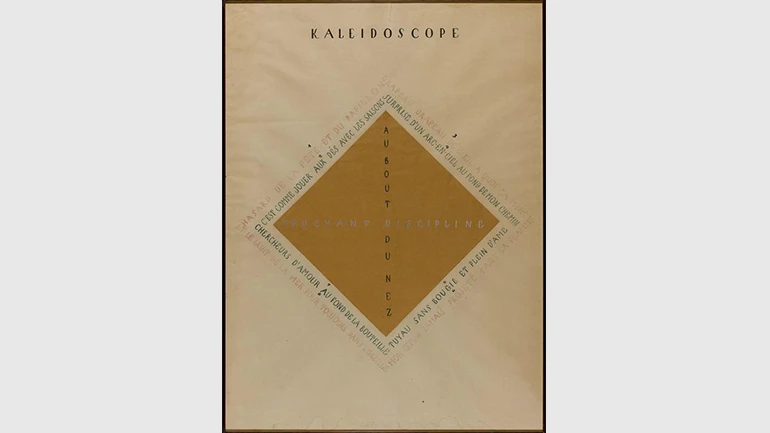
![Juan Gris, La guitare sur la table [La guitarra sobre la mesa], 1913. Imagen, Cortesía de Fundación Telefónica © Fernando Maquieira](https://recursos.museoreinasofia.es/styles/small_landscape/public/Exposiciones/do00276_g.jpg.webp)
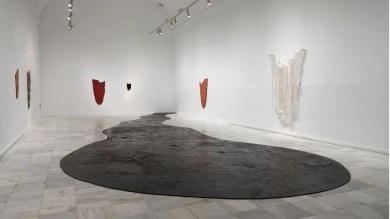
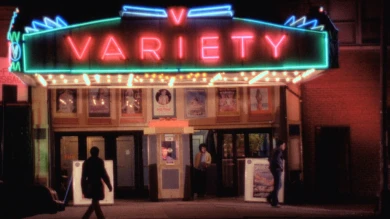
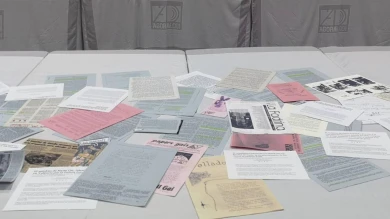
![Miguel Brieva, ilustración de la novela infantil Manuela y los Cakirukos (Reservoir Books, 2022) [izquierda] y Cibeles no conduzcas, 2023 [derecha]. Cortesía del artista](https://recursos.museoreinasofia.es/styles/small_landscape/public/Actividades/ecologias_del_deseo_utopico.jpg.webp)
![Ángel Alonso, Charbon [Carbón], 1964. Museo Reina Sofía](https://recursos.museoreinasofia.es/styles/small_landscape/public/Actividades/perspectivas_ecoambientales.jpg.webp)

